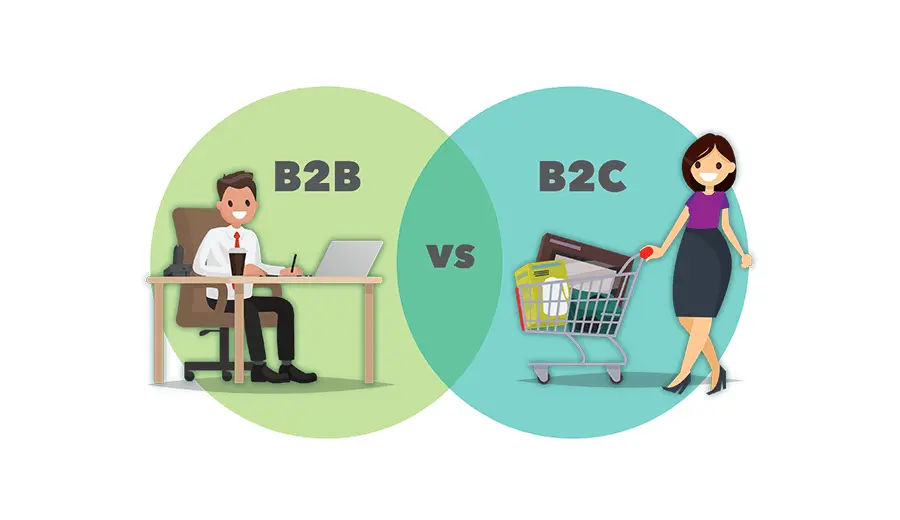Water Level Sensor
A Water Level Sensor is a device used to detect and measure the level of water in a container, tank, or reservoir. It helps in monitoring and controlling the water level in various applications such as water storage tanks, aquariums, industrial processes, and automated irrigation systems. The sensor typically uses different technologies like float switches, pressure sensors, or capacitive sensors to determine the water level.
Why is a Water Level Sensor Important?
A Water Level Sensor is a critical component of a water purifier, responsible for monitoring the water levels in the purification system. It helps maintain an optimal water level, ensures efficient functioning, and safeguards the system from potential damage. Let's explore the key benefits of having a Water Level Sensor in your water purifier:
- Precise Water Level Monitoring: The Water Level Sensor accurately detects the water level in the purification system, providing real-time information about the water quantity. This feature allows the purifier to regulate the water flow and ensures the availability of an adequate water supply for the purification process.
- Prevents Dry Run: Dry run, where the purifier operates without sufficient water, can lead to irreversible damage to the purification components. The Water Level Sensor detects low water levels and triggers an alert or shuts off the system to prevent the purifier from operating under such conditions. This safeguard protects the system and extends its lifespan.
- Optimizes Filtration Process: By maintaining a consistent water level, the Water Level Sensor ensures the filtration process operates at its optimal efficiency. It helps prevent disruptions caused by inadequate water supply and ensures that the purification stages, including pre-filtration, RO membrane, and post-filtration, are performed effectively.
- Reduces Water Wastage: A Water Level Sensor plays a vital role in minimizing water wastage. By monitoring and controlling the water levels, it prevents excess water from being drained, resulting in efficient water utilization and reduced wastage.
How Does a Water Level Sensor Work?
The Water Level Sensor operates on the basis of various technologies to detect the water levels accurately. Commonly used methods include:
- Float Switch: A float switch consists of a buoyant device that rises and falls with the water level. As the water level changes, the float triggers the switch, sending a signal to the water purifier to regulate the water flow or activate specific functions.
- Probe or Electrodes: Probes or electrodes are sensors placed at different levels within the water purifier tank. They use conductivity or capacitance measurements to determine the water level. When the water comes into contact with the probes, the sensor sends a signal to the purifier system.
- Ultrasonic Sensors: Ultrasonic sensors utilize sound waves to measure the distance between the sensor and the water surface. By calculating the time taken for the sound waves to bounce back, the sensor accurately determines the water level.
Choose the Right Water Level Sensor for Your Purifier
When selecting a Water Level Sensor for your water purifier, consider the following factors:
- Compatibility: Ensure that the Water Level Sensor is compatible with your purifier model. Check the manufacturer's guidelines or consult with professionals to choose the appropriate sensor.
- Reliability: Invest in a reliable Water Level Sensor from trusted brands or authorized suppliers. Quality sensors offer accurate readings, durability, and long-term performance.
- Installation: Consider the ease of installation and maintenance. Opt for a sensor that is easy to install and clean, allowing for hassle-free operation and upkeep.




